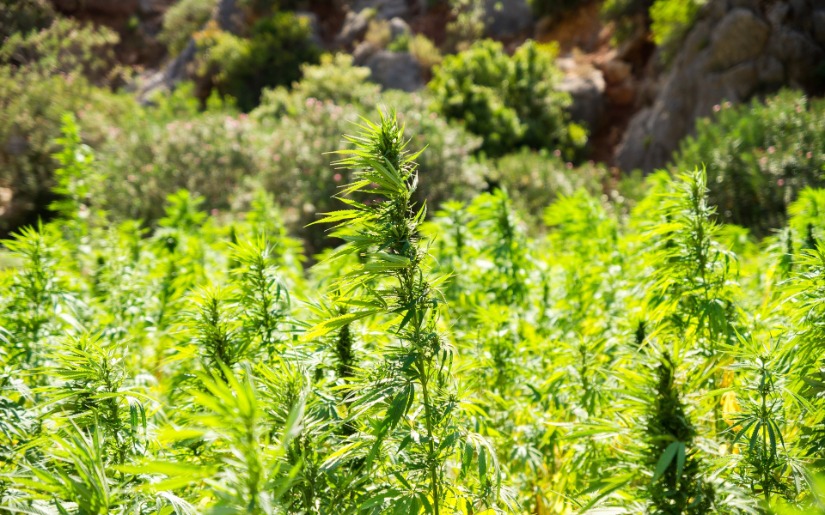California has a long history of cannabis cultivation, starting from the “Flower Child” days of the 1960s. It was the first state in the nation to legalize Medical Marijuana in 1996. However, it has also been a laggard recently, taking more than 20 years to pass laws implementing the medical marijuana market and, in November 2016, becoming the sixth state in the US to legalize cannabis for recreational (adult) use. Recent projections have the legal market in California at $1.6 billion in the first year, growing to $6.5 billion in 2020. With the looming deadline of January 1, 2018 to license businesses from cultivators, manufacturers, distributors, testing labs and retailers, there has been a rush to both set up businesses and develop the regulations to guide them.
Amid the headlong confusion of what is known as the “Green Rush”, California counties have been working to determine their appetite for this new industry and create the regulatory framework necessary to support, or discourage it. While the state law allows that individuals be able to grow a limited amount of cannabis for personal use, the counties have wide discretion as to what commercial cultivation they will allow, and where they will allow it to happen. Cannabis is viewed as an agricultural product, and counties must define how it fits into their existing zones and programs. There are a myriad of complex issues that must be addressed from water use to infrastructure development to odor control and security. Environmental concerns are of paramount importance given the immense damage that illegal cultivation has wrought on the landscape. Recognition of this reality has lead counties, and state agencies, to seek to define a pathway for these illegal and quasi-legal cultivators to become legitimate, arduous as the process may be.
We identify six approaches that counties are taking with regards to cultivation and the industry in general. There are important differences in the areas of permitting, taxation and the traceability of product and how they are implemented. A common concern is protection of the character of their communities. Some counties have unique approaches to branding while others see opportunity to revitalize abandoned infrastructure. Some counties are staunchly resisting the industry while most are sitting on the sidelines. One is reevaluating after voters made their feelings known.
California has always been the largest volume producer of cannabis of any state in the nation. Production in 2016 was estimated to be 13.5 million pounds. Of that 2.5 million pounds was consumed in state while 11 million pounds was exported to other states and countries[i]. Implementing a new legalized industry in a state where it has long operated in the shadows, and doing so within one year, is a daunting task. Much is in flux and there are many unknowns and much uncertainty. This is true not only of the regulatory environment, but also of the industry and the participants. The framework and current status that we outline here will change often and significantly before any sense of stability takes hold.
[i] CalCannabis Cultivation Licensing, California Department of Food and Agriculture Draft Programmatic Environmental Impact Report, June 2017
- Lead AuthorHenderson
- DateOctober 2017
- CategoryAgriculture, Environmental
- Project FileDownload

.png)

.png)
.png)

